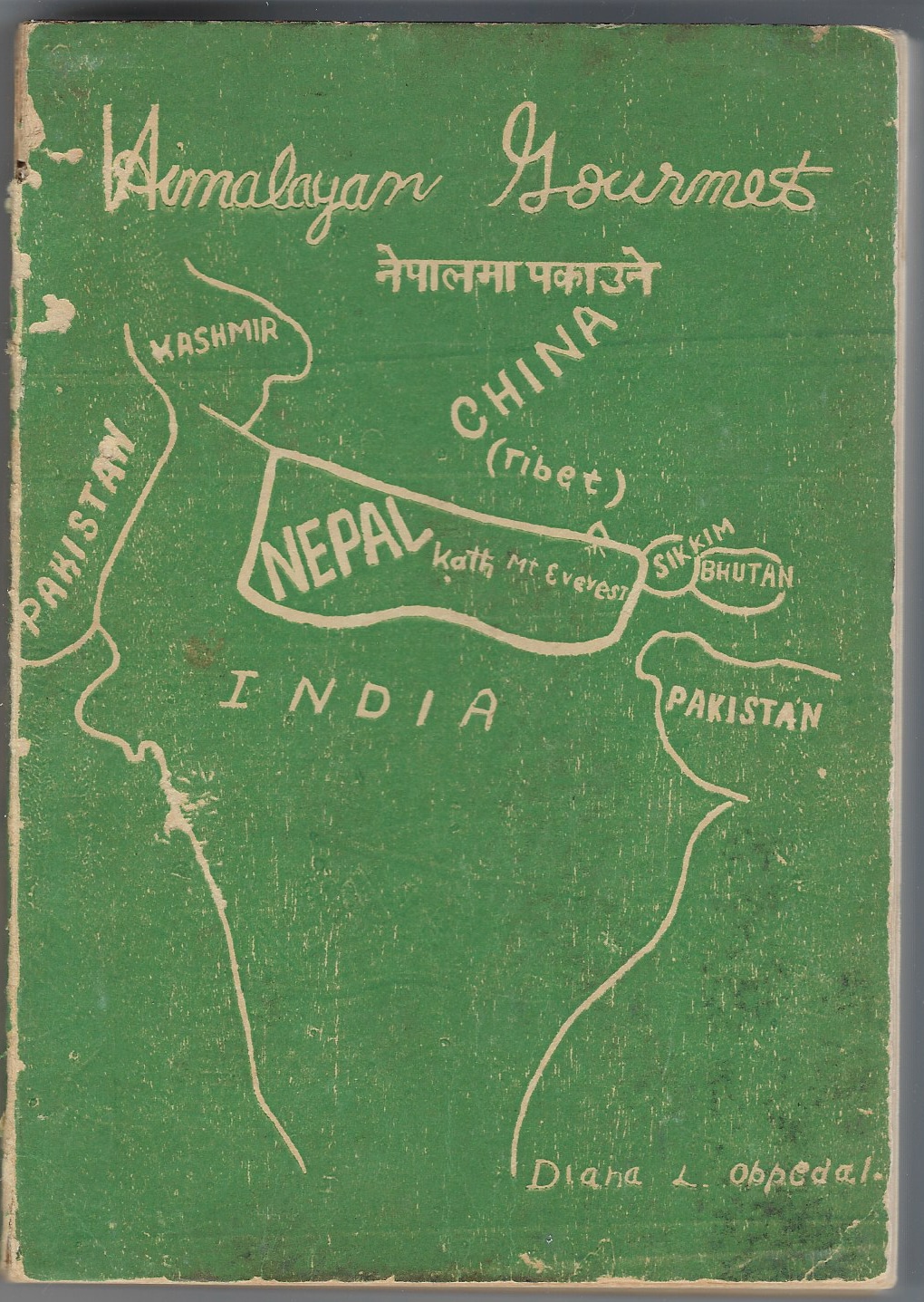When I passed the Peace Corps exam in 1965, I was working as a secretary for the U.S. Department of Agriculture in Washington, D.C. I called my parents in Ames, Iowa to let them know I was offered an assignment in Nepal. They were extremely upset and asked if a parent’s signature was required because I was under 21. It was unusual for the Peace Corps to accept volunteers just out of high school so their surprise was understandable. When I explained that no, parental permission was not required, they both agreed that I should join the military instead. But I wanted to join the Peace Corps, so off I went.
I couldn’t afford to go to college, but I had taken typing and shorthand classes at Ames High, and my civil service job in Washington, D.C. was good for a recent high school grad. All I knew about the Peace Corps was that they were sending volunteers to help people in other countries, which I thought I’d like to do.
There were two of us who were secretaries in N5, the fifth group of volunteers sent to Nepal. The rest of the group were engineers and TEFL teachers. I was assigned to the two doctors in the Peace Corps Medical Office in Kathmandu, and I had a desk with a manual typewriter. So I took dictation, typed the doctors’ letters to volunteers, kept files, ordered supplies, and sent out paregoric, other medical supplies, and big containers of peanut butter to volunteers.

When extra space on a helicopter was available, I liked riding along on the doctors’ visit to meet volunteers working in remote mountain villages. I realized I really wanted to help those volunteers and some of them didn’t know how to cook. I thought they needed a cookbook and the idea popped into my head of publishing a Himalayan Gourmet Cookbook for them. The Country Director and the doctors agreed to let me do it so I sent letters to all the Peace Corps volunteers in Nepal to send me their favorite recipes.
I added some more from American missionaries in the capital city and from any other cookbooks I could find. There were recipes like Wild Boar Brindalu which is on page 171 and Naspati Bonne Femme on page 52. All in all, there are a few hundred recipes, suggestions and descriptions in the book.
When I was finished, I printed the word “Copyright” beside the year 1967, but there was never a copyright actually recorded anywhere. My Nepali tutor, Purushottam Pande, took the finished book to a printer he knew at Matri Bhoomi Press. Our Country Director paid the printing bill from his budget and the doctors and other staff members delivered copies when they visited volunteers.
I have to be honest and tell you that I really can’t recommend any particular recipe because I’ve never tried them. I’d taken a home economics class in high school and I could translate measurements and I was a good English student so I could write a recipe down. Since I wasn’t really a cook, the helpful tips in the book came primarily from other Peace Corps volunteers in the Himalayas or from reference books. Lots of the diagrams of ovens and other illustrations came from volunteers. I especially liked Walter Martin’s short essay and decided it would make a good introduction for the cookbook exactly as he wrote it.
A couple of years ago Duane Karlen, the editor of the Friends of Nepal newsletter, interviewed me about the cookbook. He said two of the volunteers’ favorites recipes were the Chicken Curry on page 58 and the Basic Chocolate Cake on page 105. Duane told me that when some of his friends took home keepsakes from their service, there were three cherished books: The Basic Gurkhali Dictionary, Where There is No Doctor, and my Himalayan Gourmet Cookbook.

I don’t know how long my cookbook lasted in Nepal, but in the late 1960s the new country director contacted me. I was working on Peace Corps staff in Washington at the time and he wanted to re-issue the book and I said that it was no problem.
Seeing it published and distributed made me feel like I had actually been able to make a useful contribution to the program. As any volunteer knows, that feeling is worth more than any paycheck we can ever get.






